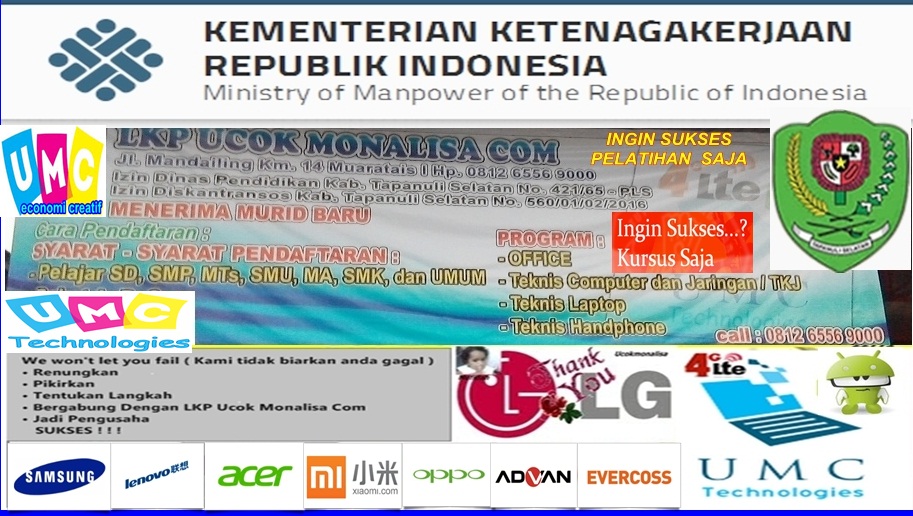Steps
- Open paint on the computer.
- Draw the setting on paint.
- Draw the characters step by step on different pictures in paint on the setting.
- Open movie maker on the start menu.
- Import all of the pictures.
- Put them in the storyboard.
- Go to effects and put 5 speed up double effects on each picture.
- Press alt+enter.
HOW TO MAKE A CARTOON FILM |
• PRODUCE AN ANIMATED FILM YOURSELF WITH LITTLE MONEY.There are several ways to make your own cartoon film without too much money. You can also make a film of your animation drawings without expensive sound tracks. You will need a 16mm or 8mm motion picture camera that is able to shoot one frame at a time and a wooden frame to support the camera as it points down at the animation artwork.• MAKE A WOODEN CAMERA STAND.The camera will be mounted to the frame in a fixed position, allowing only one field size. The frame is attached to a baseboard, and the animation drawings are placed on a set of pegs attached to the baseboard. |
• GET THE CAMERA ADJUSTED ON THE STAND CORRECTLY.Determine the distance the camera lens needs to be from the artwork to photograph a full animation field (12" x 8-3/4"), then focus the lens to that distance. If necessary, make film tests to be sure the field size and focus are correct. Be sure the camera is not tipped at an angle and attach the camera to the wooden frame. Then tape the pegs to the baseboard. |
• PUT SOME LIGHTS ON THE SIDES TO LIGHT THE ARTWORK.Floodlights are mounted at an angle on both sides of the camera stand above the artwork. Make film tests to determine the proper aperture. It is best if the lights are strong enough for a small aperture opening, but if the lens needs to be wide open, it will take less light and, thus, less heat. |
• HOW TO ELIMINATE THE EXPENSIVE COMPOUND MECHANISM.Instead of taping down the metal peg bar, it is better to use an animation drawing disc (shown on page 218). This drawing disc should have both top and bottom sliding peg bars. This allows you to include moving pan backgrounds with the animation drawings. |
• ELIMINATE THE EXPENSIVE PLATEN.The animation drawings are lit by a light box built under the disc. The box should be well-ventilated, and mirrors are used to intensify the light and reduce the bulb wattage and heat. Two layers of animation can be shot over a moving pan background as the camera sees through the papers. (TV animation producers make pencil tests this way.) The elaborate platen frames that hold the artwork down can be duplicated by placing a thick sheet of plate glass over the animation art by hand. |
• YOU DON´T HAVE TO HAVE A COSTLY STOP-MOTION MECHANISM, YOU CAN KEEP TRACK OF THE FRAME COUNT YOURSELF ON THE EXPOSURE SHEET.Animation camera stands have a single-frame, stop-motion motor assembly that operates by pushing a button or a foot lever. A film counter is attached to this mechanism to record the number of frames photographed. You can duplicate this process by operating the camera by hand for each frame. Make a check on each frame on the exposure sheet after it is photographed.• WHY NOT MAKE A COLOR ANIMATED FILM WHILE YOU´RE AT IT?However, before you begin filming, you must prepare the animation artwork. Transfer the animation drawings onto cels (.05mm celluloid sheets), which are available at many art supply stores, with ink or brush and ink. Then paint the backgrounds and color the characters with water-based acrylic paint. Buy one pint each of black, white, red, blue, and yellow acrylic house paint and mix these colors to make the full spectrum of colors, in all shades. Studios use the same type of paint to paint backgrounds in flat opaque areas - similar to poster art.• A VERY EFFECTIVE SPONGE PAINTING METHOD USED BY THE PROFESSIONALS.An effective technique is to dip a sponge into the paint and then dab the backgrounds with the sponge, creating a stipple effect. For sharp edges, an area in a cel is cut out and placed over the background to serve as a mask. Different colors stippled in layers can create textures that look like stones, bare earth, trees, clouds, etc.• YOU CAN MAKE ANIMATED ILLUSTRATIONS USING THE CUTOUT METHOD, IT TAKES LESS TIME THAN YOU MAY THINK.Animated cutouts can replace the inked and painted cel with art. Your animation drawings can be reproduced on a copy machine to make paper copies. Paint these copies in watercolor with any kind of shading you prefer, then cut them out with scissors or a pen knife. Place a cel over your original animation drawing and use rubber cement or paste to attach the cutout to the cel in exactly the same position as the animation.• HERE IS A REAL PROFESSIONAL SECRET METHOD TO MAKE IN-BETWEENS BETTER AND EASIER.To make the in-between drawings that will help you with the animation, place the two drawings that are being in-betweened on the pegs with a blank sheet on top for the in-between. Make a light rough sketch of the in-between in the desired position, then take the in-between and the top animation drawing off the pegs. Place the top animation drawing at any angle position over the bottom drawing to make the two drawings coincide closely. Hold the top drawing down and place the in-between drawing over both animation drawings in the closest in-between position you can adjust. The corners of the in-between drawing will be in an inbetween position of the animation drawing corners - allowing for the arc of the in-between. Hold all drawings down at the top (or make a contrivance that will) and make the in-between. It is much easier this way.• GET GOING!My sincere best wishes to you!- Preston Blair |



